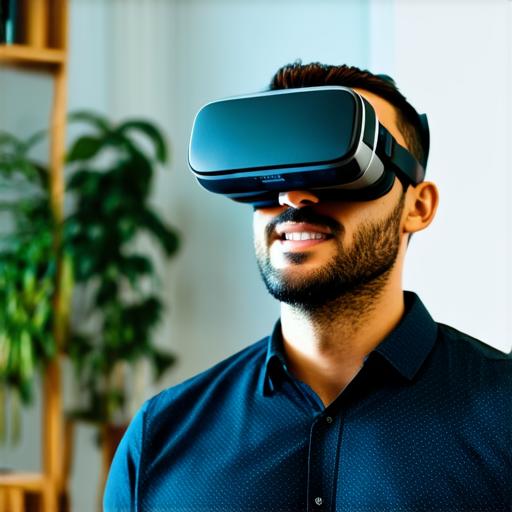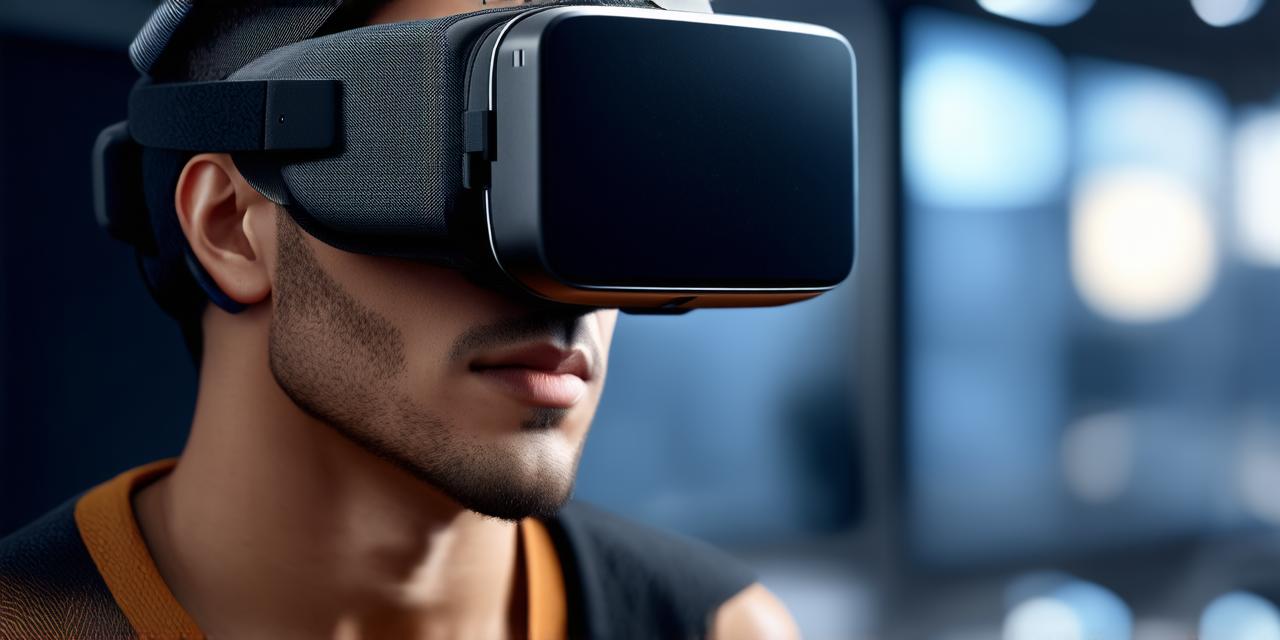Virtual reality (VR) technology has revolutionized the way we interact with the world around us. In recent years, VR exposure therapy has emerged as a promising technique for treating mental health disorders that involve anxiety or fear-based responses.
The Science Behind VR Exposure Therapy
VR exposure therapy is rooted in cognitive-behavioral therapy (CBT), an evidence-based approach to treating mental health disorders that focuses on identifying and changing negative thought patterns and behaviors that contribute to psychological distress. By simulating real-life situations in a controlled virtual environment, VR exposure therapy helps patients confront their fears and anxieties in a safe and effective manner.

When a patient is exposed to a virtual threat, the brain releases stress hormones and activates the “fight or flight” response. This process can be repeated through VR exposure therapy, allowing patients to gradually desensitize themselves to the trigger over time. As a result, they become better equipped to handle real-life situations that may have previously triggered their anxiety or fear.
Case Studies and Personal Experiences
Several studies have demonstrated the effectiveness of VR exposure therapy in treating various mental health disorders. For example, a study published in The Lancet Psychiatry found that VR exposure therapy was as effective as traditional in vivo (real-life) exposure therapy in reducing symptoms of PTSD in veterans who had experienced combat-related trauma.
One personal experience that illustrates the power of VR exposure therapy is that of a woman who struggled with social anxiety disorder. Through VR exposure therapy, she was able to gradually confront her fears and anxieties in a controlled virtual environment, eventually overcoming her condition. As she described her experience, “VR exposure therapy gave me the courage to face my fears and take control of my life.”
The Benefits of VR Exposure Therapy
There are several key benefits associated with VR exposure therapy that make it an attractive option for mental health treatment. One such benefit is its ability to provide a safe and controlled environment for patients to confront their fears and anxieties without putting themselves or others at risk. This allows them to gradually desensitize themselves to the trigger, ultimately leading to greater emotional regulation and improved well-being.
Another advantage of VR exposure therapy is its flexibility and customization. Virtual environments can be tailored to meet the specific needs of each patient, providing a more personalized treatment experience. Additionally, VR exposure therapy can be conducted remotely, making it accessible to individuals who may not have access to specialized in-person care.
FAQs
Is VR exposure therapy safe?
While VR exposure therapy is generally considered safe when conducted under the guidance of a qualified therapist, there are some potential risks associated with the technology. Patients should be carefully monitored during the process and given the option to stop the exposure at any time if they feel uncomfortable or overwhelmed.
Can VR exposure therapy replace traditional in vivo exposure therapy?
Although VR exposure therapy has shown promise in treating several mental health disorders, it is not yet clear whether it can completely replace traditional in vivo exposure therapy. However, many therapists use VR exposure therapy as a complement to other treatments, and some studies suggest that it may be more effective when combined with cognitive-behavioral therapy.
Is VR exposure therapy suitable for all patients?
VR exposure therapy is not suitable for everyone, especially those with severe mental health disorders or medical conditions that make it difficult to use the technology. However, many patients who are unable to receive traditional in vivo exposure therapy due to logistical or safety concerns may benefit from VR exposure therapy.
How long does VR exposure therapy take?
The length of VR exposure therapy varies depending on the individual patient and the severity of their condition.




